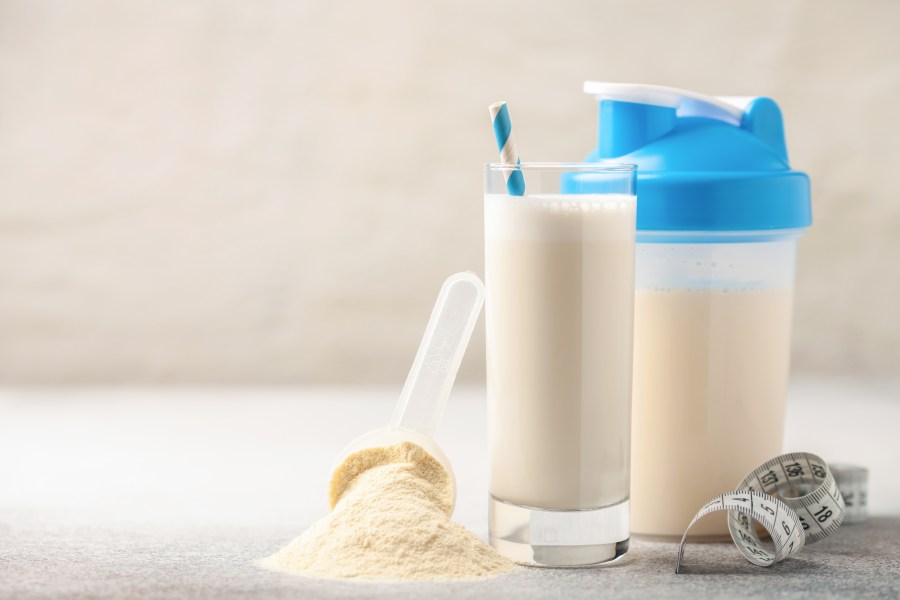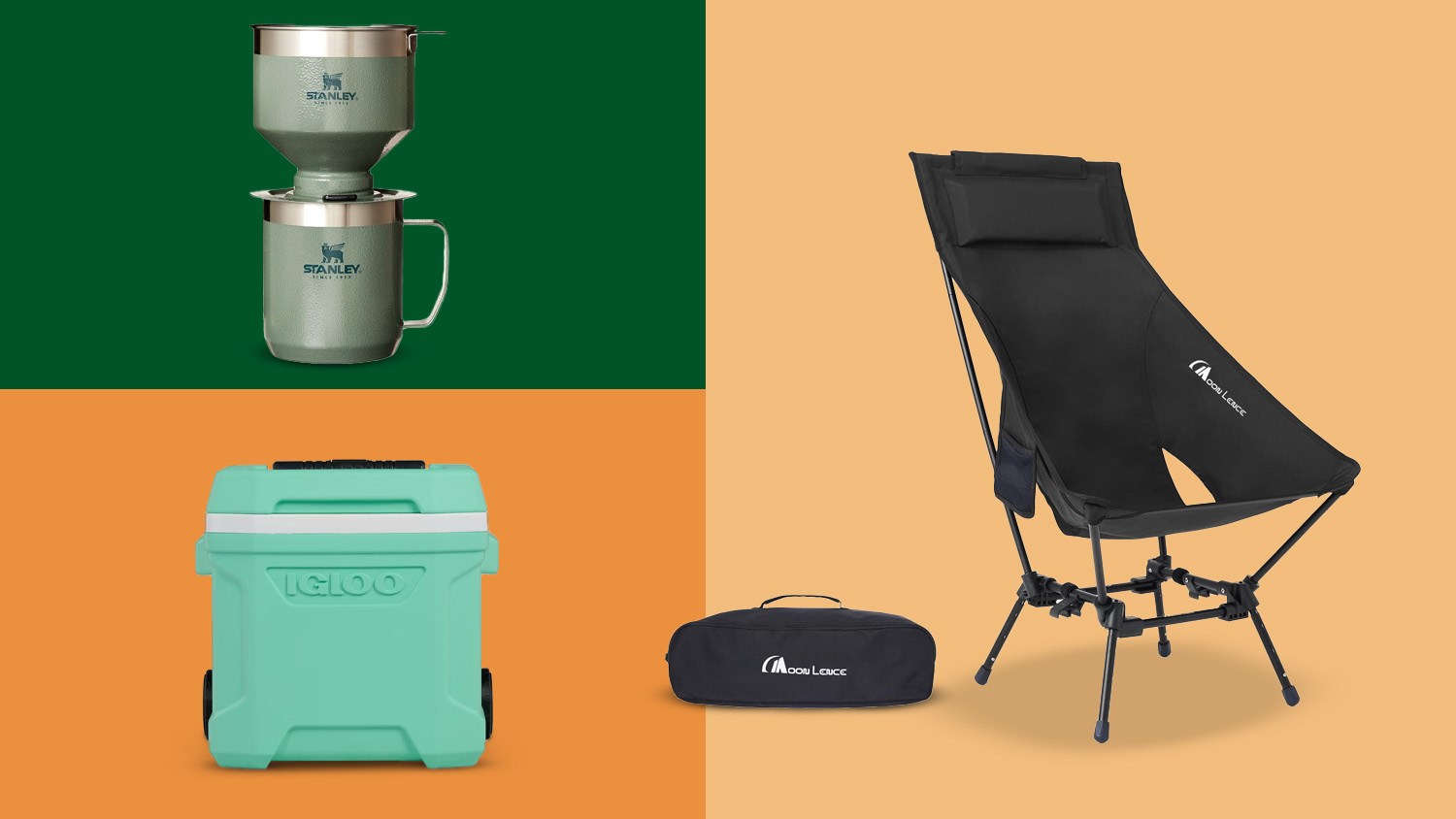Tampa (BLOOM) – Protein is more than just a building block for muscle—it’s vital for tissue repair, immune health, hormone production, and overall bodily functions. Whether you’re an office worker aiming for better energy levels, a cardio enthusiast looking for recovery, or a lifter striving for muscle gain, these tips will help you optimize your protein intake effectively.

1. Understand Your Protein Needs
Your protein requirement depends on your lifestyle and goals. While the Recommended Dietary Allowance (RDA) suggests 0.36 grams per pound of body weight for sedentary adults, athletes and physically active individuals often need more.
- Lifters: Aim for 0.73-1.0 grams per pound of body weight to support muscle repair and growth.
- Cardio enthusiasts: Protein intake of 0.55-0.73 grams per pound helps with recovery and muscle preservation.
- Office workers: Even with a sedentary lifestyle, 0.45-0.55 grams per pound can help maintain muscle mass and stabilize energy.
A registered dietitian or a reliable online calculator can help tailor your protein goals to your specific needs.
2. Choose Protein-Rich Foods
Incorporating a variety of protein sources ensures a well-rounded nutrient intake.
- Animal-based options: Lean meats (chicken, turkey, fish), eggs, and dairy like Greek yogurt are excellent for lifters and office workers who prioritize convenience.
- Plant-based alternatives: Lentils, chickpeas, tofu, tempeh, and quinoa are packed with protein and fiber. These are great for cardio enthusiasts seeking lighter options for better digestion during runs.
“Some people think you need animal protein to hit your goals, but I’ve seen incredible results with plant-based diets,” says a vegan bodybuilder in Tampa.
3. Prioritize Protein at Breakfast
A high-protein breakfast can set the tone for the day.
- Options for lifters: Omelets with eggs and cheese, paired with a side of avocado toast.
- For cardio lovers: Greek yogurt with granola or a protein-packed smoothie with spinach, bananas, and a scoop of protein powder.
- Office workers: Overnight oats with chia seeds and a dollop of peanut butter can provide a long-lasting energy boost.
“Skipping breakfast used to make me crash by mid-morning,” shares Sarah, a local office manager. “Adding eggs and avocado completely changed my productivity.”
4. Snack Smartly with Protein
Snacking on protein-rich foods can help maintain energy and reduce cravings.
- For busy office workers: Keep a stash of almonds, protein bars, or hard-boiled eggs at your desk.
- Active individuals: Opt for portable options like beef jerky or single-serving Greek yogurt.
Pro tip: Look for protein bars with at least 15 grams of protein and minimal added sugars.
5. Build Protein-Centric Main Meals
Design meals with protein as the focus.
- For lifters: Include chicken breasts, lean steak, or salmon alongside complex carbs like quinoa or sweet potatoes.
- For vegetarians: Add legumes or seitan to stir-fries or salads.
“Balancing carbs and fats with protein has helped my performance in the gym,” says Alex, a personal trainer in Tampa.
6. Try Protein Smoothies and Shakes
Protein shakes are convenient and versatile for all lifestyles.
- Cardio enthusiasts: Blend protein powder with frozen berries and water for a light, refreshing recovery drink.
- Lifters: Go for a denser shake with whole milk, peanut butter, and a banana.
- Office workers: A quick shake in the morning can replace breakfast on hectic days.
“Be mindful of the ingredients in your protein powder,” advises a local nutrition coach. “Stick to clean options with minimal additives.”
7. Embrace Meal Prep for Protein
Meal prepping ensures you’re always ready with protein-packed options.
- Batch-cook chicken breasts, ground turkey, or vegetarian chili.
- Portion meals with a mix of protein, carbs, and fats for balance.
Tip for office workers: Use Sunday evenings to prep lunches for the week to avoid relying on less nutritious takeout options.
8. Combine Protein with Other Nutrients
Pairing protein with healthy fats and carbohydrates maximizes nutrient absorption and keeps you full longer.
- Pre-workout meals for lifters: Chicken with rice and avocado.
- Post-run recovery for cardio enthusiasts: Greek yogurt with honey and granola.
- Sustained energy for office workers: Turkey wraps with hummus and spinach.
Maximizing protein intake doesn’t have to be a daunting task. By understanding your specific needs and incorporating protein-rich foods into every meal and snack, you can achieve your health and fitness goals—whether that’s building muscle, enhancing recovery, or simply staying energized throughout the day.
Whether you’re a lifter loading up for gains, a runner replenishing after a workout, or an office worker aiming to stay sharp, these strategies can fit seamlessly into your routine. After all, protein isn’t just fuel—it’s foundational for living your best life.
















